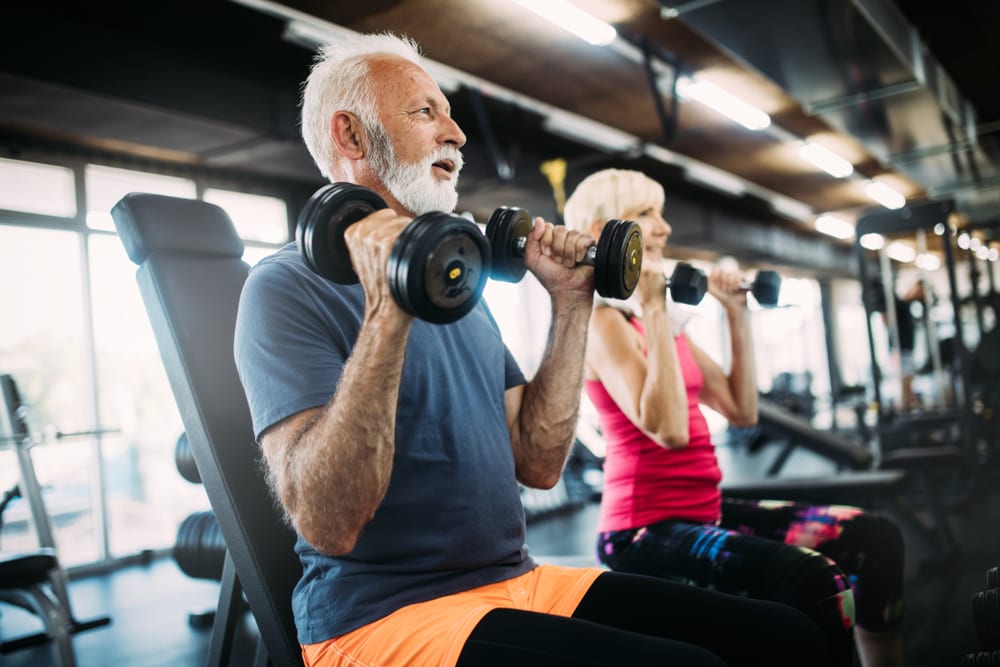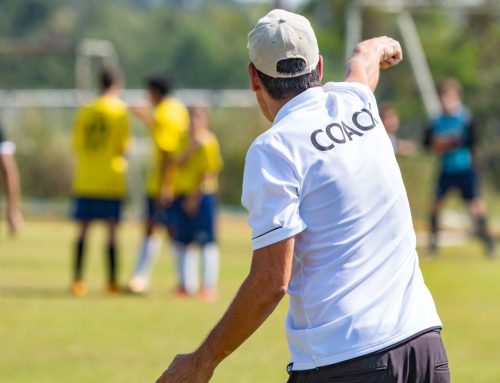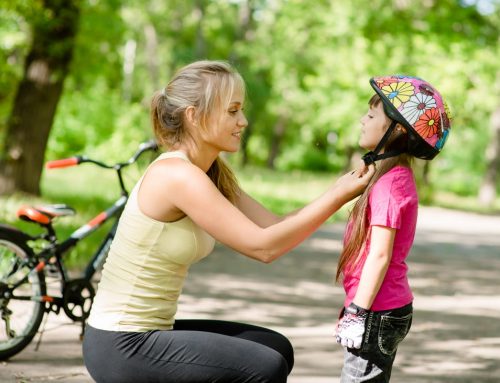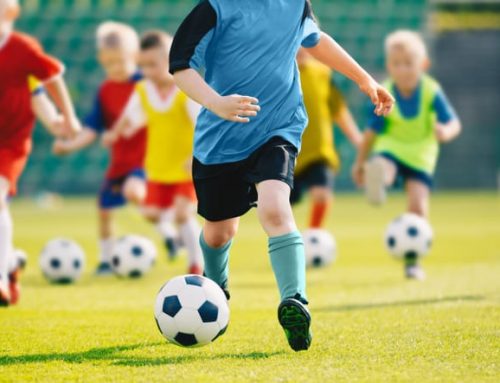Consistent physical activity is one of the most beneficial things we can give our body. Sitting less and moving more has wonderful benefits for all age groups and fitness levels. Which is why we want to help with this guide of Fitness Through the Years: How To Age Actively.
HOW MUCH ACTIVITY IS NEEDED?
The Canadian Society for Exercise Physiology (CSEP) has set out guidelines for recommended activity levels as we age:
- TODDLERS should accumulate a minimum of 180 minutes of activity throughout a day. This includes everything from movement skills to energetic play.
- KIDS up to 11 need about 60 minutes of moderate-vigorous activity The recommendation is for three vigorous days per week.
- TEENAGERS up to 18 need about the same amount of moderate-vigorous activity, but with an emphasis on strengthening muscle and bone at least three days per week.
- ADULTS up to 64 should focus on weekly rather than daily goals. It’s recommended we get a minimum of 150 minutes of moderate-vigorous activity per week. Two days should consist of vigorous strength and aerobic training.
- SENIORS over 65 should also aim for a minimum of 150 minutes of exercise per week, but the focus should include activities that enhance balance as well as strength.
BENEFITS OF AGING ACTIVELY.
Research has shown numerous benefits from remaining active, all of which will inspire you to get up and moving again.
- STAYING SOCIAL: Community based exercise programs are designed to be safe and supportive. Being in an environment that allows you to build and maintain relationships helps to keep us happy, busy, and confident.
- REDUCING CHRONIC CONDITIONS: Activity has been shown to lower the risks of dementia, diabetes, obesity, osteoporosis, heart disease and more. Becoming active after being diagnosed with a chronic disease can also help you manage symptoms.
- INCREASED INDEPENDENCE: After we reach 50, our muscle strength can decline about 15% per decade, and 30% after age When we consistently work to strengthen our bodies and improve our balance, we’re eliminating the possibility of falls and other injuries.
- IMPROVED IMMUNE FUNCTION: Exercise helps to fight off infections and recover quicker. Your body also doesn’t feel the toll of an illness as much as it would if you weren’t consistently active.
TIPS FOR ADDING MORE ACTIVITY.
Being active doesn’t have to take a lot of time or money. Crosslink County Sportsplex is known for providing inexpensive activities including yoga and fishing. Schedules will be posted online once social distancing permits. In the meantime you can take advantage of free community sports and walking groups. Social media is a great way to find a group that works for you.
You can also take up low impact sports such as bowling or make current activities more challenging such as walking around the golf course instead of using a cart. You can even increase your activity when running errands; try parking your car further away from the grocery store, post office, or wherever else you’re heading.
WHAT ABOUT ACHES AND PAINS
Pain should never prevent you from exercising, instead, modify the exercises you’re doing. Adapting your workout might mean giving up an aerobic exercise that is jarring on the joints and replacing it with swimming or biking for example.
Properly warming up and stretching after is important, as is staying hydrated. Hydration is key to reducing muscle soreness earlier.
Be sure to keep in touch with your doctor and consider other experts to help you on your journey to age actively. Physiotherapy is great for recovering from injuries, reducing pain, and increasing your range of motion. Acupuncture, massage therapy and chiropractic services may be beneficial as well.






